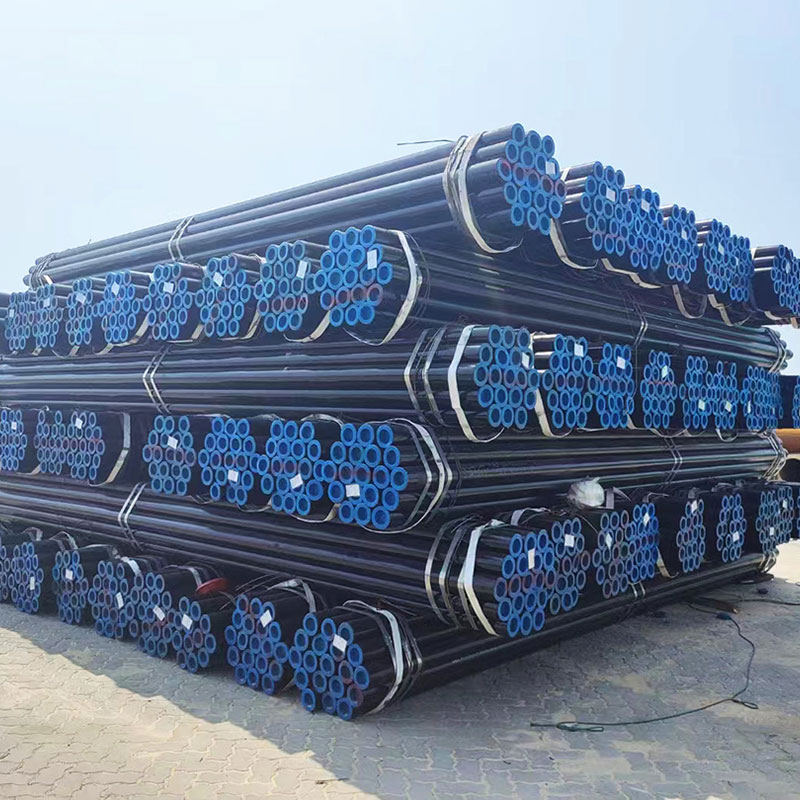Spiral Steel Pipe: Strength and Efficiency for Modern Infrastructure
2025-06-05
When it comes to building durable and efficient pipelines, spiral steel pipes stand out as a reliable choice for various industrial and construction applications. From water transportation to oil and gas pipelines, spiral steel pipes combine strength, flexibility, and cost-effectiveness, making them a popular solution worldwide.

In this blog, we’ll explore what spiral steel pipes are, their manufacturing process, advantages, and typical uses.
What Is a Spiral Steel Pipe?
A spiral steel pipe is a type of welded pipe formed by rolling a steel plate into a cylindrical shape in a spiral or helical manner, then welding the edges along the seam. This construction method allows for pipes with larger diameters and longer lengths compared to traditional straight seam pipes.
The spiral welding technique provides enhanced strength and better pressure resistance, making these pipes ideal for demanding environments.
How Are Spiral Steel Pipes Made?
The manufacturing process involves:
1. Steel Plate Preparation: High-quality steel plates are cut and cleaned.
2. Spiral Forming: The plate is rolled helically at an angle, forming a spiral shape.
3. Welding: The edges are welded using submerged arc welding (SAW), creating a continuous spiral seam.
4. Inspection and Testing: Pipes undergo rigorous quality checks, including ultrasonic testing and hydrostatic pressure tests.
5. Surface Treatment: Pipes may be coated with protective layers like epoxy or polyethylene to resist corrosion.
Advantages of Spiral Steel Pipes
Large Diameter Capability: Spiral pipes can be manufactured in very large diameters, suitable for major infrastructure projects.
High Strength and Durability: The spiral seam distributes stress evenly, offering excellent pressure resistance.
Cost-Effective Production: Spiral welding is more economical for large-diameter pipes compared to straight seam welding.
Flexibility in Lengths: Pipes can be produced in longer continuous lengths, reducing joints and potential leak points.
Corrosion Resistance: With proper coatings, spiral steel pipes can withstand harsh environmental conditions.
Common Applications
Water and Wastewater Transport: Used in municipal and industrial water supply systems.
Oil and Gas Pipelines: Ideal for transporting oil, natural gas, and petroleum products over long distances.
Structural Applications: Used in construction projects such as piling, structural supports, and bridges.
Irrigation Systems: Reliable pipes for agricultural irrigation networks.
Fire Protection Systems: Used in sprinkler and fire hydrant systems due to their strength and durability.
Choosing the Right Spiral Steel Pipe
Material Grade: Select based on project needs, commonly using carbon steel or alloy steel.
Diameter and Thickness: Must match pressure and flow requirements.
Coating Options: Choose coatings depending on environmental exposure (e.g., anti-corrosion, anti-rust).
Standards Compliance: Ensure pipes meet international standards such as ASTM, API, or ISO for quality and safety.
Final Thoughts
Spiral steel pipes are a versatile and dependable choice for many infrastructure and industrial projects. Their manufacturing efficiency, combined with robust mechanical properties, makes them an economical solution for large-scale piping systems.


